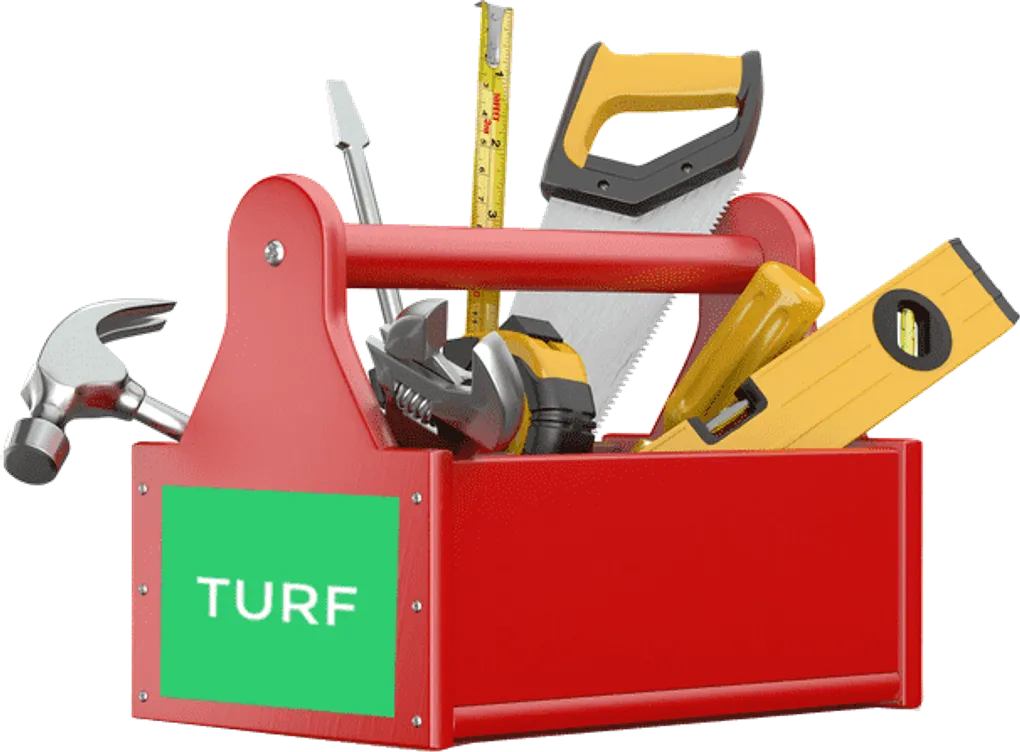
Exploring new Turf
TurfJS is a relatively new library that allows you to do spatial analysis in the browser. Turf is great because it works with GeoJSON. This means it’s suited very well to work with Leaflet. So well that it’s even included as a plugin for Mapbox now.
I’ve used some of Turfs capabilities in a couple of projects, but nothing more than some quick near functionality or to do some intersect and buffers. But I know Turf can do more than just that. Much more.
Practical Use
Those are all really cool and sexy examples of using Turf to do some neat GIS in the browser. I’m not doing a lot of hexbin analysis in my apps, but someone recently asked me how to do something in their Mapbox app and I instinctively knew Turf could pull it off. The question asked had to with parcel maps. The user wanted to click on a parcel and see the approximate dimensions of the parcel displayed on the map. That’s a pretty clear task. It sounds easy, but think through the steps needed to accomplish this, given a simple four-sided parcel. 1. Measure each side of the parcel. 2. Find the mid-point of each side. 3. Label the distance at the mid-point of each side.
That functionaly isn’t built right into Leaflet, and before Turf I would have had to do all the math myself, eww. But Turf made this task much easier to do.
In this case I took the parcels of a park and first thing I did was use Turf to simplify the polygon and add it to the map. Remember, I just want approximate lengths, not each edge (oooh topology). I define a custom marker that will display the distance as the label. When the map is clicked, send the target layer and the GeoJSON feature to a function that does the real work. This method will calculate the distance for each line segment, find the mid-point and add them as features to the GeoJSON layer that will display them as labels. BAM!
Turf is a tool
Ok, this might not be a fancy visualization of the data, but this is defintely a practical use case. You could run some quick area calculations to display in the popup to spruce it up. You could even easily get the perimeter of a polygon. If you overlay some local census data and land-use information you could even do quick population analyses on groupings of parcels, now that would be cool.
So next time you find yourself thinking about how you might need to do some server-side work to do some spatial analysis, look through the Turf toolbox and see what may prove useful for your applications. Turf even comes up a couple of times in GeoHipsters 2015 predictions. So embrace your JavaScript, embrace GIS in the browser.